
The Arctic permafrost is thawing rapidly, uncovering ancient migration paths and revealing ecological contradictions that challenge modern scientific understanding. Thus far, melting permafrost has exposed 3,000-year-old migration paths, hunting tools, and DNA-rich fossils. Let’s take a look at the implications of melting permafrost and migration routes still being used today.
Permafrost and Its Importance
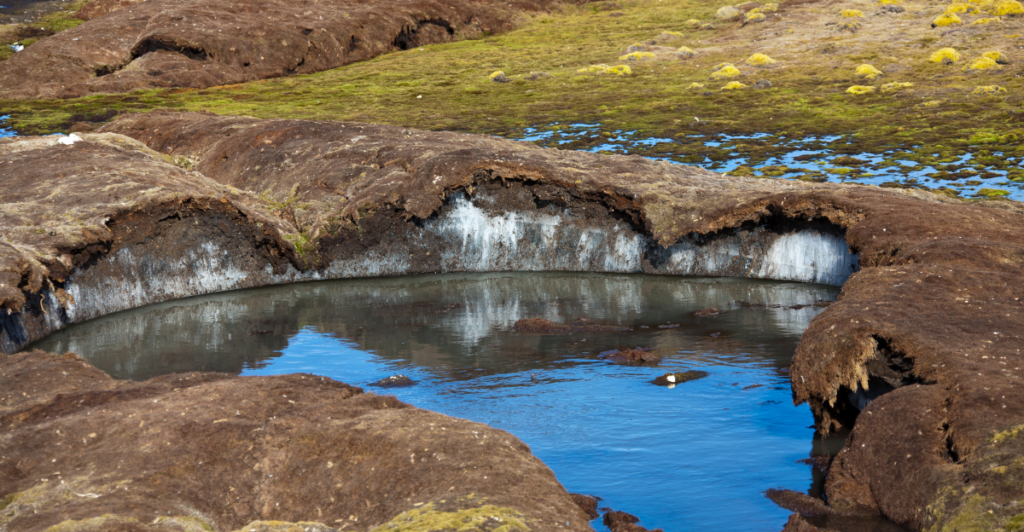
Permafrost is a frozen layer of soil that blankets the Arctic, serving as a time capsule that preserves organic material for thousands of years. As temperatures rise worldwide, permafrost is beginning to thaw, revealing preserved organic materials, from ancient plants to animal remains, and migration corridors used by wildlife and humans over 3,000 years ago.
The Preservation of Organic Materials
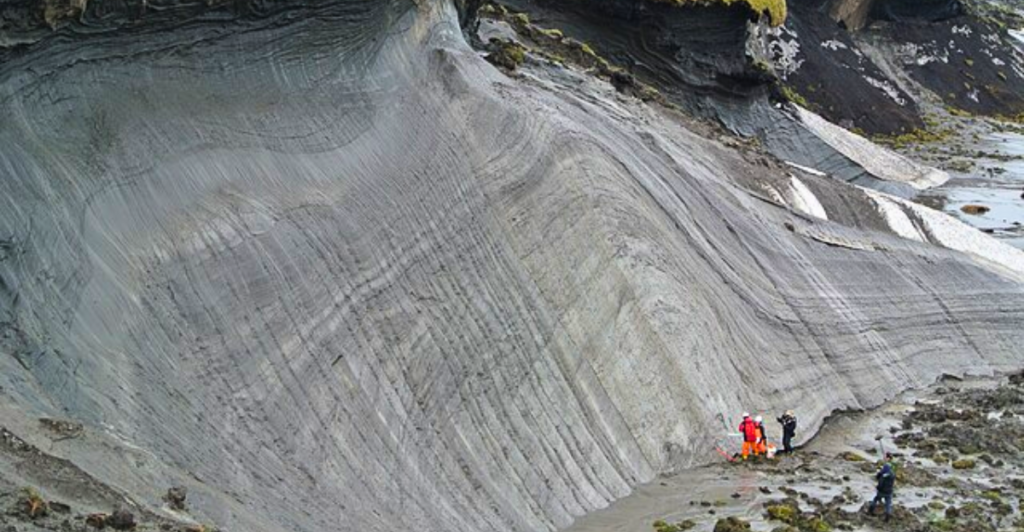
Unlike glaciers, permafrost preserves organic remains as is, in the same location as their initial deposition. This has led to the recovery of objects, such as birch bark containers, providing the scientific world with distinctive information about the lives of early humans and the animals, plants, and ecosystems in which they lived.
Ancient Pathways
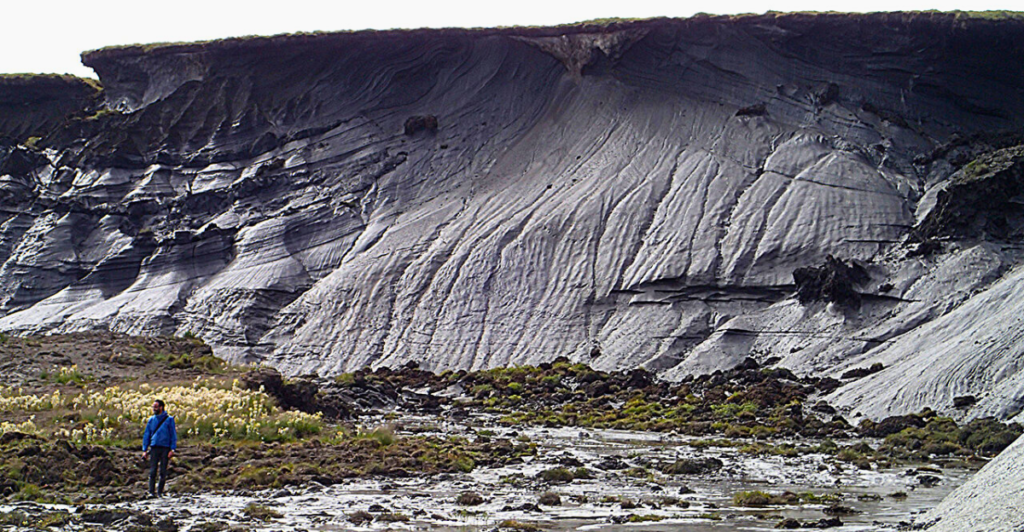
One of the most intriguing discoveries made from thawing permafrost is that of prehistoric migration routes. The routes used by humans and animals thousands of years ago provide scientists with clues on past mobility and climate. The discovery of the routes challenges our current scientific beliefs and forces scientists to reevaluate their assumptions on ancient migrations.
Revealing Migration Paths
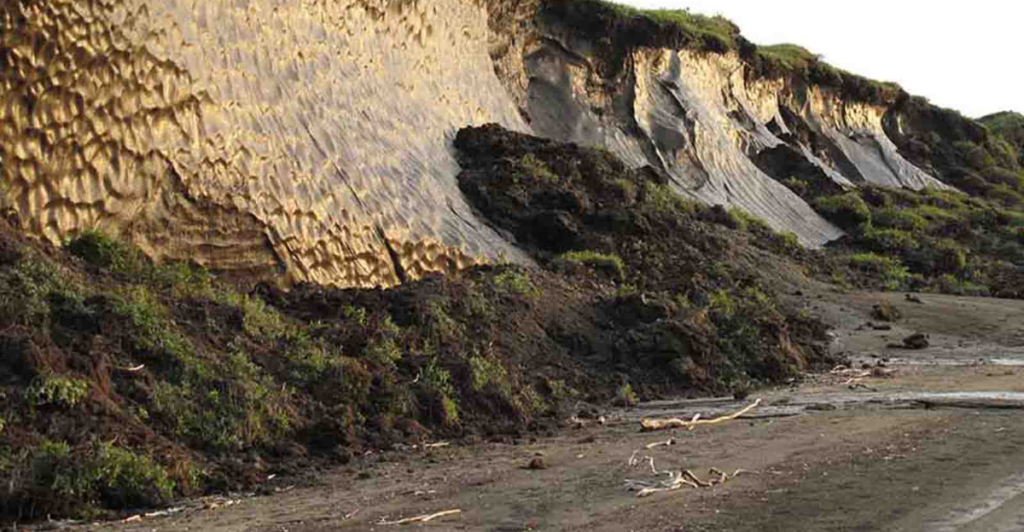
In 2025, researchers in Alaska discovered several trails beneath permafrost. This discovery was carbon-dated to 1,000 BCE and revealed paths that contained hoofprints, tool fragments, and plant residues, suggesting they were used by caribou herds and Indigenous hunters. The find highlights how ice acted as a “deep freezer,” safeguarding ecological and cultural history.
Animal Remains and Migration Insights
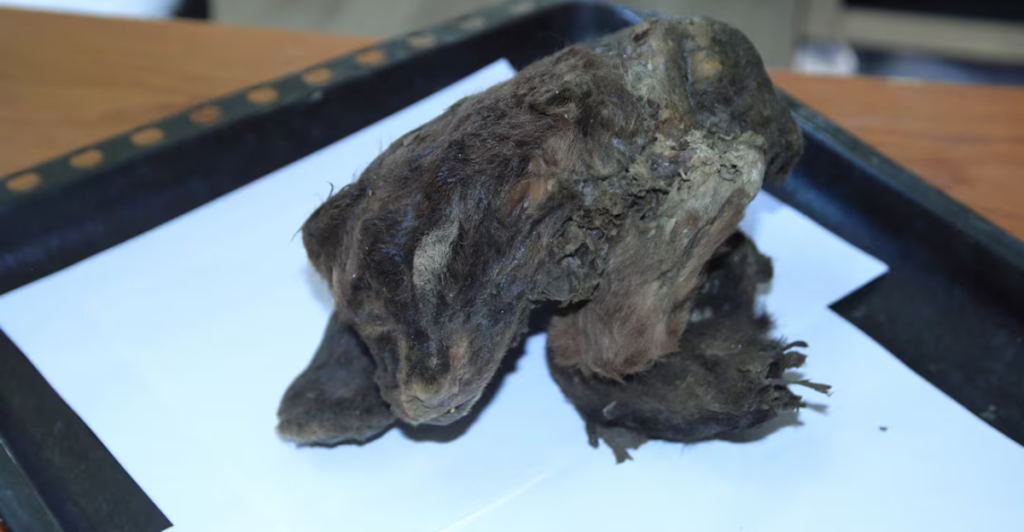
A good example of this is the discovery of remarkably well-preserved animal remains, such as a 32,000-year-old saber-toothed cat cub in Russia. These discoveries provide invaluable information about ancient species, their habitats, and migration patterns, allowing scientists to reconstruct ecological histories and understand how past climate conditions influenced animal behavior.
The Significance of 3,000-Year-Old Routes
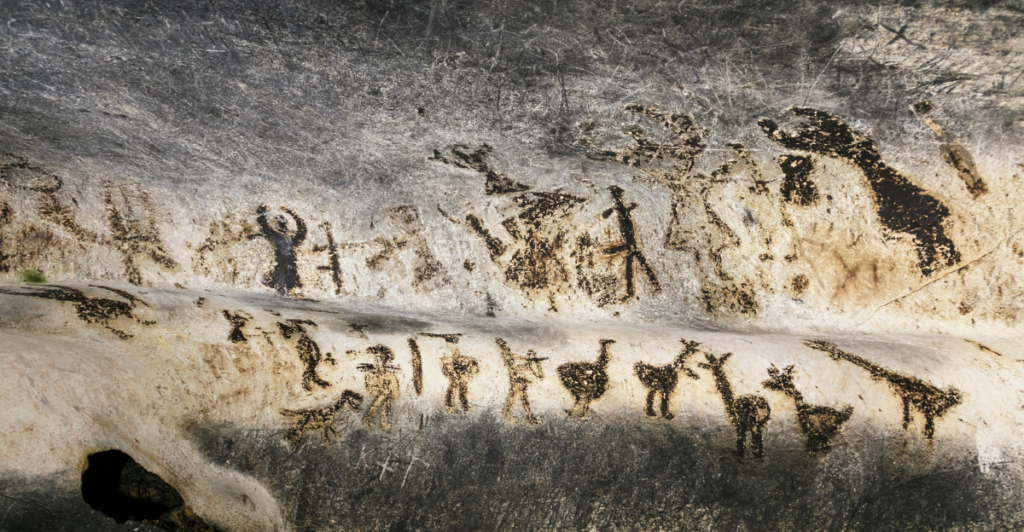
Discovering 3,000-year-old migration routes is particularly significant. This period is known as the late Bronze Age, a time of great human development and animal domestication. Information on these routes gives us insight into the relationship between the early societies and the animals they relied on, giving us a betting understanding of trade, hunting, and cultural exchange.
The Rediscovery of Migration Routes
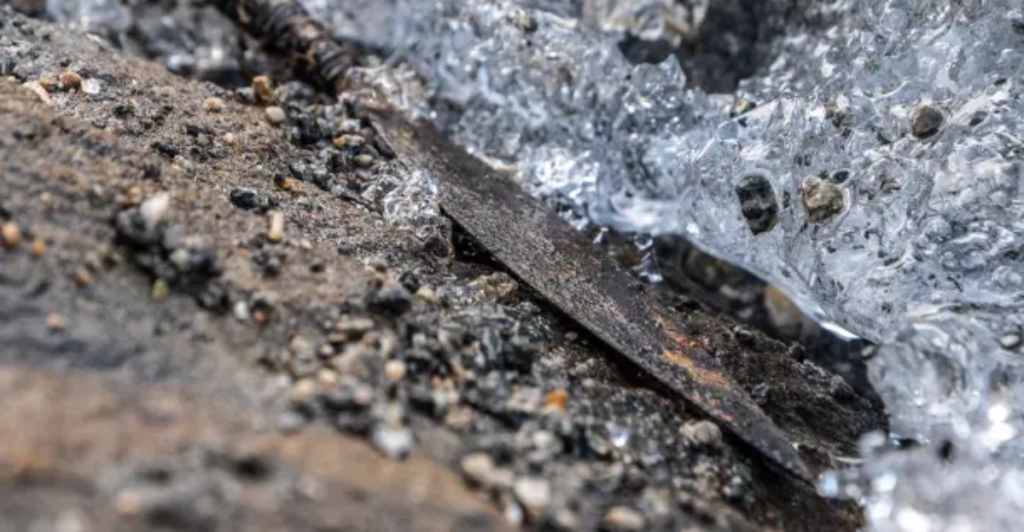
As migration routes are rediscovered due to melting permafrost, these routes become open to modern animals. For example, a chemical analysis of 3,000-year-old reindeer dung from melting Norwegian ice patches shows altered migration paths due to prehistoric human settlements. Today’s herds follow these rediscovered routes into regions now populated by wolves and bears, increasing predator-prey conflicts.
The Emergence of Glacial Archaeology
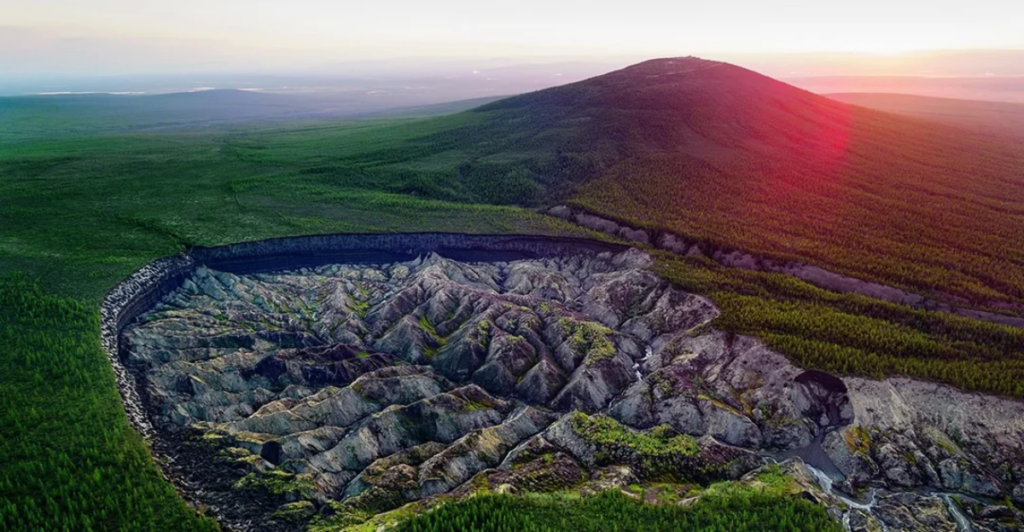
The field of glacial archaeology has also gained more recognition as scientists fight to document artifacts before they deteriorate when exposed, concentrating on studying objects to preserve historical data. The Batagaika Crater, for example, is a 300-foot-deep permafrost slump expanding 100 feet annually that serves as both an archaeological goldmine and climate catastrophe, exposing Pleistocene-era ecosystems, releasing 4,000-year-old methane pockets and threatening nearby villages.
Climate Change and Arctic Ice
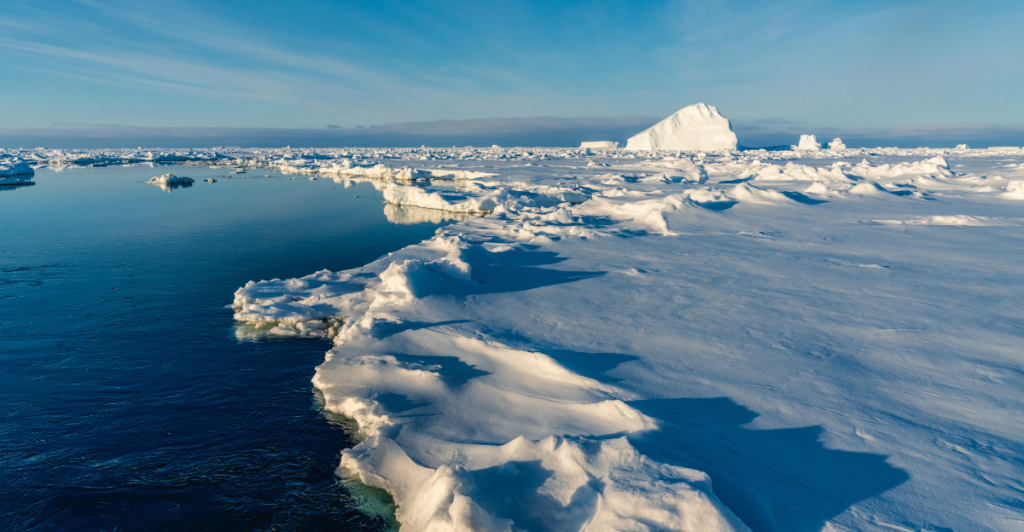
The Arctic is warming at a record rate, resulting in massive ice loss. In the past 30 years, we have witnessed the oldest and thickest Arctic ice decline of roughly 95% and estimated predictions that foresee ice-free summers as early as 2040. This rapid change will likely result in the exposure of territories that were once inaccessible, uncovering a host of ancient plant and animal life. By analyzing such remains, scientists are able to reconstruct historical climatic patterns in order to enhance predictive models for future climate prediction.
The Impact of Melting Ice
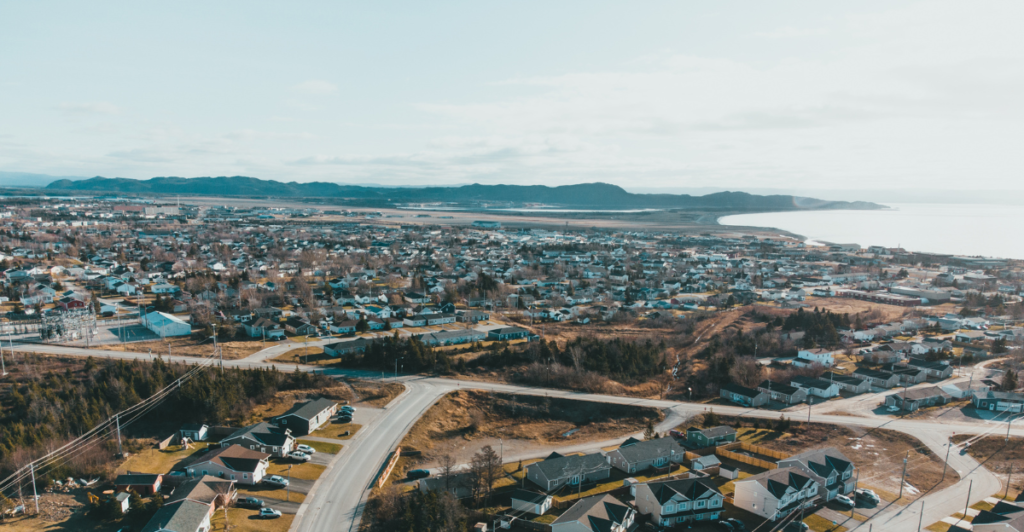
Arctic ice melting affects global climate, sea levels, and temperature. Therefore, coastal residents face increased flood risks, and ecosystems are at risk of negative changes, leading to greater socio-economic and environmental effects. Beyond artifacts and animal remains, melting permafrost poses potential risks by releasing dormant pathogens. For example, the thawing of permafrost in Siberia has led to the discovery of ancient viruses and bacteria, raising concerns about possible health implications for current ecosystems and human populations.
Ethical Considerations and Challenges
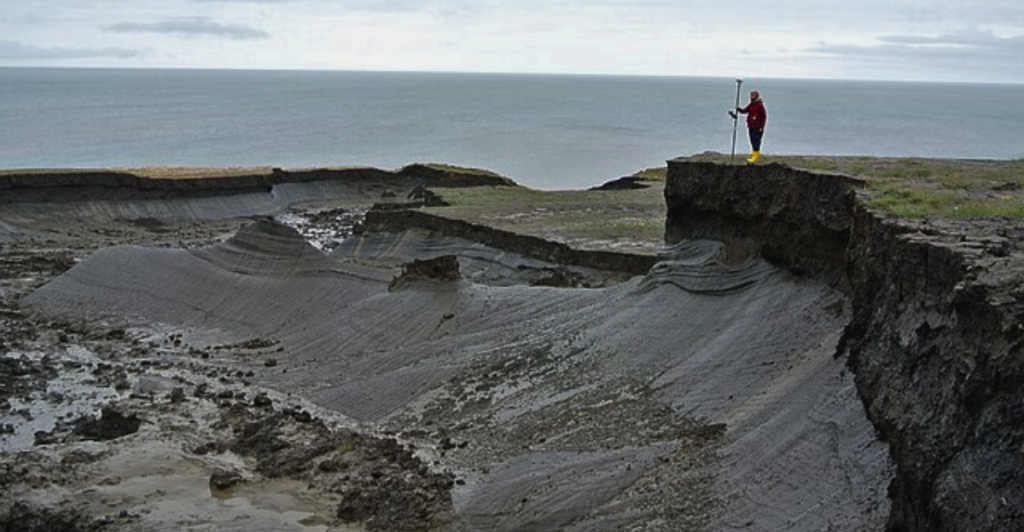
Artifact excavation evokes ethical considerations, particularly when it comes to indigenous peoples. While researching and conserving such artifacts, sensitive collaborative approaches that address cultural sensitivities are essential. Moreover, artifacts, once exposed, are susceptible to deterioration, and archaeologists have to find a way to quickly document and conserve specimens, often in remote and inhospitable terrain, requiring innovative conservation strategies.
Learning from the Past to Inform the Future
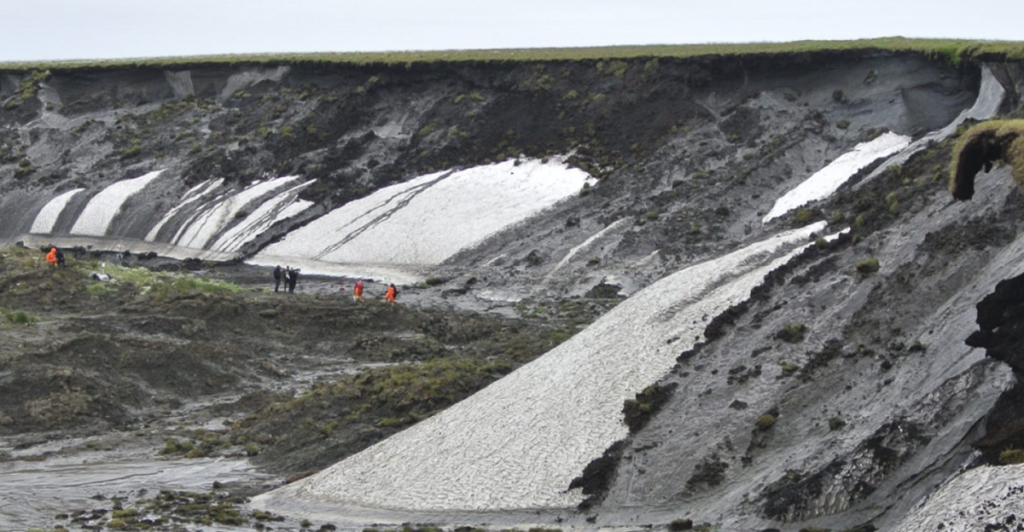
The revelation of past migration patterns and artifacts poignantly reminds us of the long and intimate connection between humans, animals, and nature. It raises questions about the impact of the present on the future of our planet, focusing attention on sustainable measures to safeguard the fragile harmony of our environment.
Explore more of our trending stories and hit Follow to keep them coming to your feed!

Don’t miss out on more stories like this! Hit the Follow button at the top of this article to stay updated with the latest news. Share your thoughts in the comments—we’d love to hear from you!







